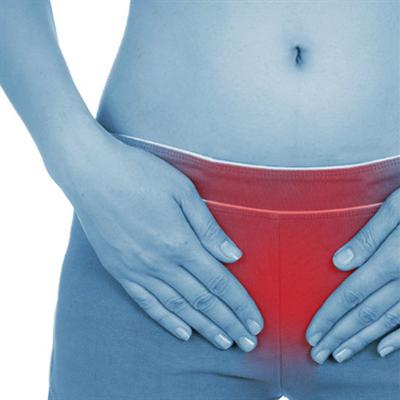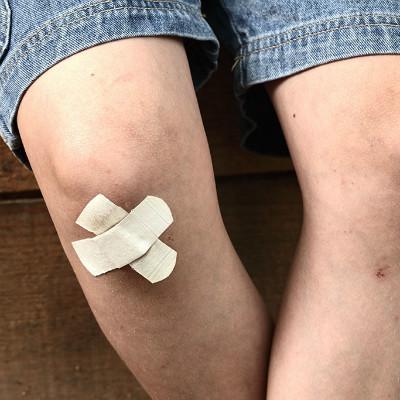Symptoms and consequences of selenium poisoning?
summary
Selenium poisoning is an endemic disease in some areas of Enshi County, Hubei Province, China. The main symptoms are depigmentation and alopecia, which is called "depigmentation wind". The disease has existed for a long time and broke out during 1961-1964. Through investigation, Chinese scholars found out the cause of the disease in 1966, and found that this area belongs to the high selenium area, and the disease is caused by the intake of local high selenium food poisoning, so it is called endemic selenium poisoning. Symptoms and consequences of selenium poisoning? Let's talk about it.
Symptoms and consequences of selenium poisoning?
It is mainly manifested in hair, hair, nail and skin, and may also involve nerves. At the beginning, it was anorexia, sour taste, general fatigue and itchy scalp. In severe cases, it had neurological and gastrointestinal symptoms. According to the severity of the disease and the order of symptoms can be divided into three types: ① hair loss, mainly hair loss, nail damage is light or not obvious. In the early stage, the scalp itches, the hair is dry, and it is easy to break near the root. After the hair is broken, the hair follicle can still maintain the growth function, and the hair begins to lose, mostly in and around the occipital region. ② Hair loss type, hair can be completely stripped, eyebrows, armpit hair, pubic hair and nails, toenails also fall off. In the early stage of nail removal, there were vertical lines on the nail surface, and then cracks appeared. The new nail pushed the old one forward and made the old one fall off; At this time, in case of infection, there will be redness, swelling, ulceration and pus around the nail, which is called "wet off", with a longer course of disease; Uninfected people are called "gantuo". ③ In addition to hair loss and nail removal, it often has digestive tract symptoms. In the early stage, the limbs are numb and insensitive to the pricking pain. Later, spasm, paralysis, dyskinesia and even hemiplegia appear, which seems to be toxic polyneuropathy. Some patients had skin rash, blistering and ulceration. Some patients have brown yellow plaque or enamel defect on the tooth surface, indicating that they have fluorosis.

The pathological changes of various organs of this disease are still lack of materials of human body. When selenium poisoning occurs in animals, the liver is the most seriously injured, followed by the kidney and the heart. Fibrous tissue and bile duct hyperplasia can be seen in the liver, and even the lobular structure can be destroyed to form cirrhosis; The kidney may have tubular atrophy and glomerular fibrosis; Focal or diffuse fibrous hyperplasia can also be seen in the heart. In case of acute poisoning, there may be scattered bleeding points or necrotic foci in the heart.

On the one hand, it may lead to structural changes of some protein molecules such as keratin, thus affecting the physical properties of hair, hair, nail and skin; On the other hand, some enzyme systems, such as succinate dehydrogenase, fatty acid synthase, coenzyme A and some intermediate metabolites such as glutathione, which need sulfhydryl group as functional group, will be disturbed, thus affecting the normal metabolic process of cells. Selenium and glutathione form double glutathione selenium after entering the body. When the concentration of double glutathione selenium in liver cells rises to a certain limit, it will inhibit the synthesis of protein in cells. The body's detoxification of excess selenium is: first reduce selenium, then make it methylated, so as to reduce its toxicity, and finally excrete it from the body. Thio adenine nucleosyl methionine is a methyl donor in the intermediate metabolism. In the experimental animal selenite poisoning, the concentration of thio adenine nucleosyl methionine in the liver decreased, which is not only due to the increase of methyl consumption, but also found that the activity of methionine adenine nucleosyltransferase, which is an enzyme for the synthesis of thio adenine nucleosyl methionine, decreased, Obviously, it will weaken the detoxification ability of the body. In general dose, the main way of selenium excretion is the kidney. When poisoning, the respiratory tract excretion increases. There are a lot of garlic flavored dimethyl selenium in the exhaled gas and trimethyl selenium in urine. Liver is an important detoxification organ. Inorganic selenium is excreted quickly after entering the body, and the amount and time of selenium contained in natural foods are longer in the body.

matters needing attention
At present, there is no mature experience in the prevention of this disease, but the distribution of selenium in soil and rock should be clarified first. In some areas where it is not suitable to grow grain crops, we should change to economic crops; The pollution sources of selenium, selenium accumulating plants and their debris should be removed before irrigation and drainage; Gypsum, sulfur and calcium sulfate were added to soil to reduce the absorption of selenium by plants; Change the habit of burning stone coal to dry grain to reduce selenium pollution; The selenium content of grain for human consumption should be limited so that it does not exceed the limit. The grain exceeding the limit should be mixed with low selenium grain to reduce it to a safe level.














